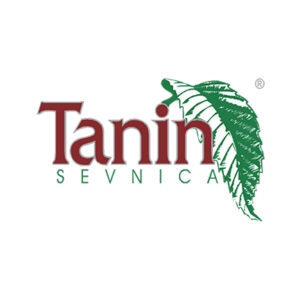Chestnut tannins – nature’s answer to challenges in dairy production
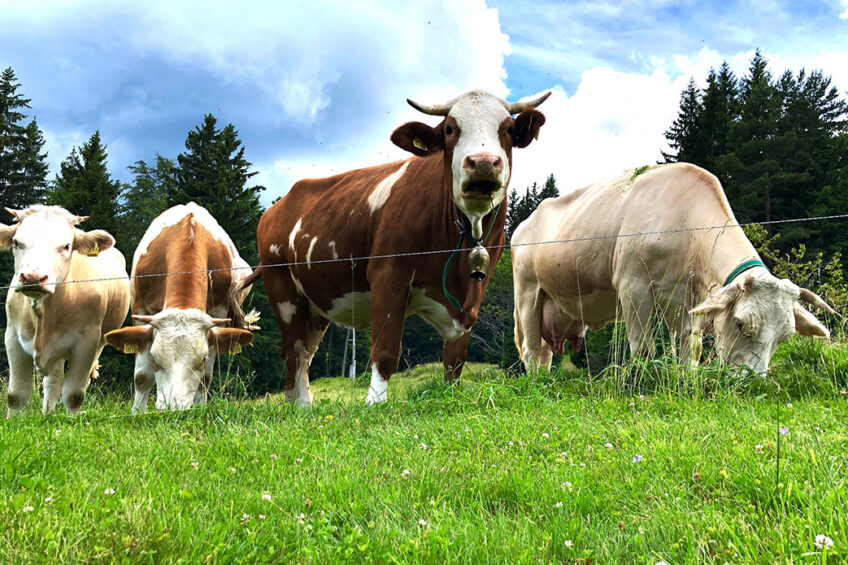
The inclusion of plant extracts in livestock feed supplements has been widely researched as a strategy to replace synthetic feed additives and improve animal health and production traits.
Among several plant metabolites, tannins from sweet chestnuts (Castanea sativa mill.) have attracted significant attention in regard to dairy cow nutrition.
What are chestnut tannins?
Chestnut tannins are water-soluble plant polyphenol metabolites known for numerous potent biological properties, including protein binding, antioxidant, anti-inflammatory, antimicrobial, anti-parasitic, anti-virus, etc. They have the ability to affect several aspects of ruminant nutrition and to decrease environmental pollution.
Protein-sparing effect
Chestnut tannins possess multiple hydroxyl groups. These groups have affinity and capacity for forming pH-dependent reversible tannin protein complexes, which are stable in rumen pH (pH 5.0 to 7.0), and dissociations occur in low (abomasum) and high (intestine) pH environments. That is why chestnut tannins tend to decrease ammonia production in the rumen by decreasing rates of rumen protein degradation, resulting in a higher ‘bypass protein’ effect and improved protein utilisation. Studies showed a decrease in ruminal ammonia production of up to 21% and an increase in non-ammonia nitrogen flow (metabolisable protein) to the intestine.
Figure 1 – Antiketogenic and antioxidative effects of Farmatan D (20g/day) in the close-up dairy cows (Europe trial).
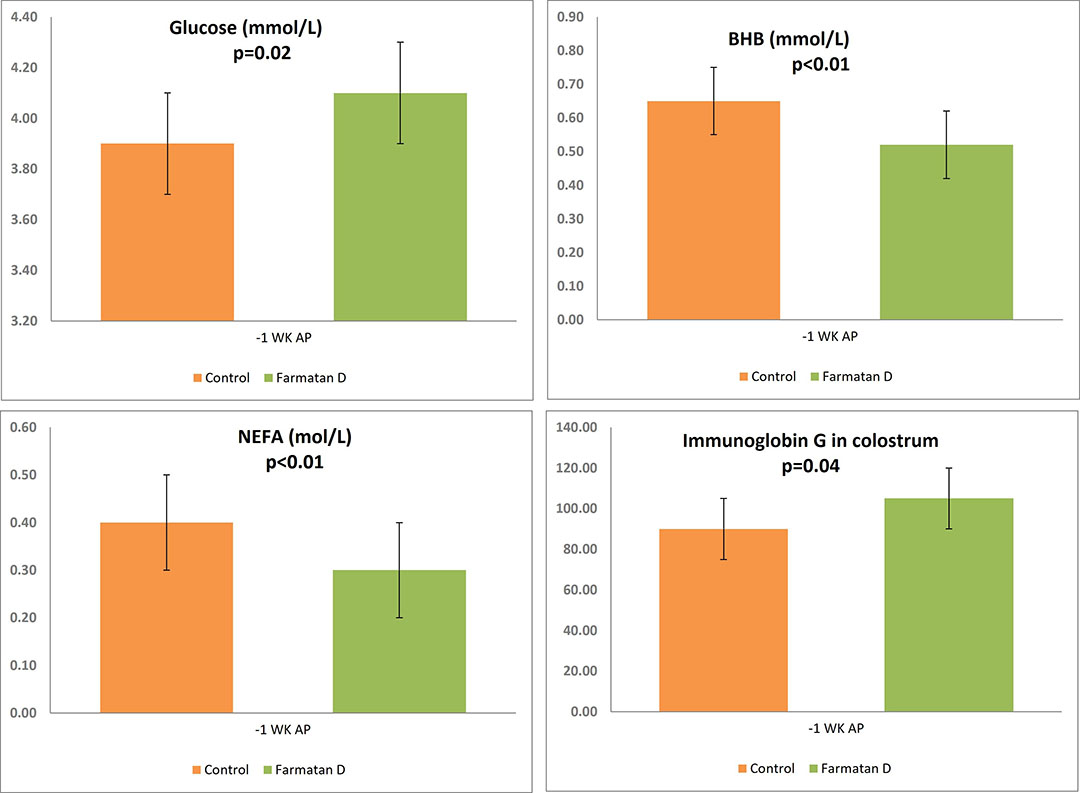
Highly potent antioxidants
Feeding chestnut tannins to a dairy cow can improve the cow’s antioxidant status, well-being and performance. Tannins from sweet chestnuts are effective at scavenging free radicals and at protecting liver and kidney tissues against oxidants.
Our studies in transition cows have shown that total antioxidant capacity (T-AOC) increased in response to chestnut tannin supplementation, and lipid peroxidation decreased, resulting in lower oxidative stress, lower incidence of ketosis and fatty liver issues and higher colostrum immunoglobulin G levels with better function of thyroid gland. The antioxidative mechanism is the basis of chestnut tannins’ positive effects on diminishing the negative impacts of heat stress on the health and productivity of high-yielding dairy cows.
Figure 2 – Effects of Farmatan D in decreasing negative effects of heat stress on milk production in dairy cows (Europe trial).
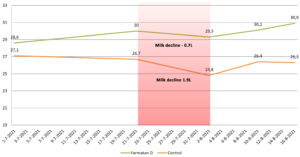
Antimicrobial effects
In the last 15 years, chestnut tannins have generated much interest among scientific audiences for their ability to affect different populations of pathogenic bacteria important for livestock production. By controlling the population and inhibiting the overgrowth of Streptococcus bovis in the rumen (one of the most important acidogenic ruminal bacteria) with the reduction of amylolytic activity, chestnut tannins can be very effective in reducing the incidence of rumen acidosis in dairy and beef cattle. This effect is highly needed, especially in feedlot cattle, where rumen acidosis can be a trigger for the occurrence of liver abscesses, laminitis, etc.
Graph 1 – Effects of Farmatan D on milk production in high-yielding dairy cows (Israel trial)
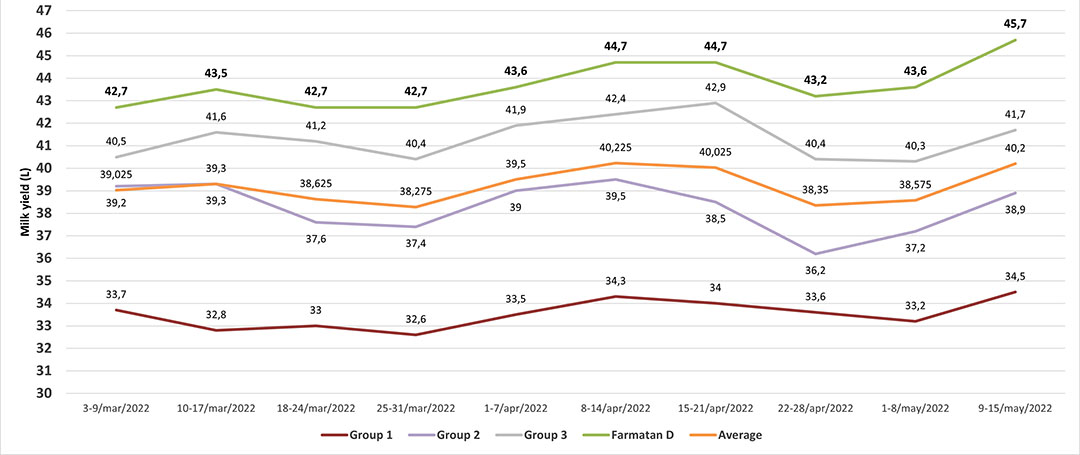
One of the most successful applications of chestnut tannins in ruminant production is to reduce simple and frothy bloat by reducing the number of gas-producing populations of G+ bacteria in the rumen and by precipitating (protecting) degradable proteins in the rumen. As a result of reducing the number of methane-producing bacteria in the rumen, chestnut tannins are widely used as a natural way for controlling methane production and greenhouse gas emissions in ruminants (13-30% reduction in methane production).
Our trials
Tanin Sevnica has been continuously conducting field and scientific trials for the purpose of monitoring the consistency of beneficial results and upgrading products’ effects. The product named Farmatan D is a unique combination of chestnut tannins and essential oils and displays favourable actions on antiketogenic and antioxidative status (Figure 1), milk production and heat stress in high-yielding dairy cows (Figure 2, Graph 1). It is used from the close-up period until the end of lactation, having the highest positive influence in the period of negative energy balance and peak of lactation.


